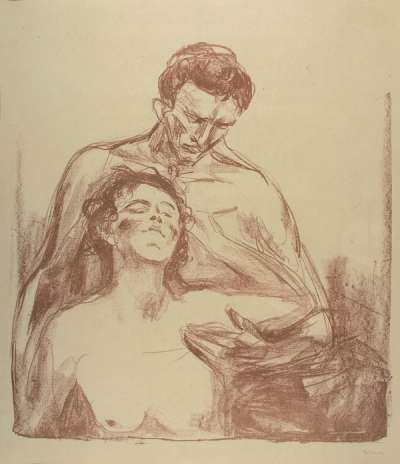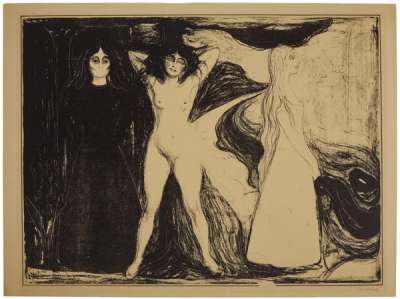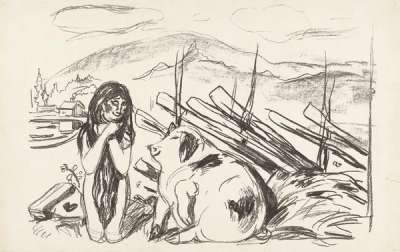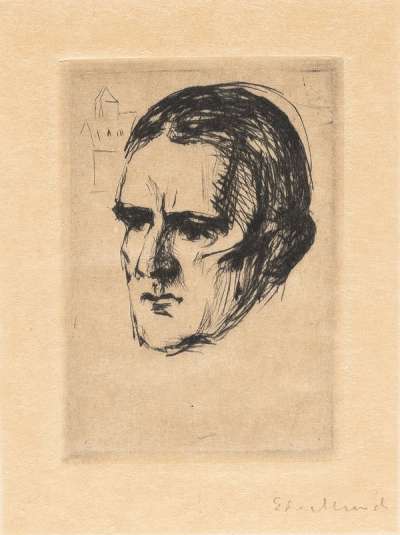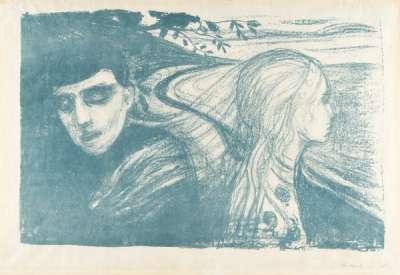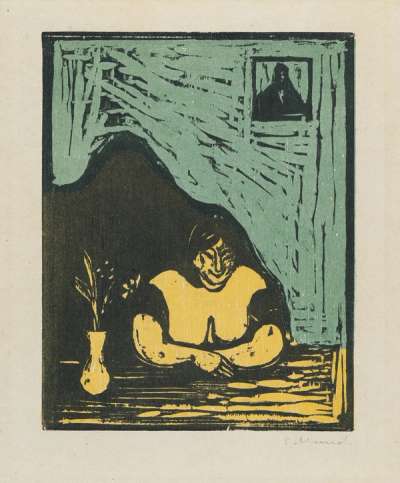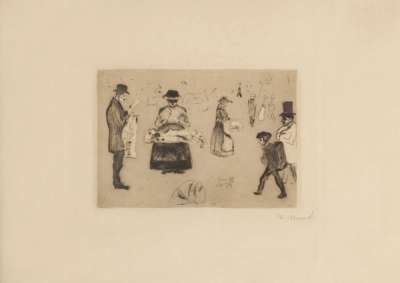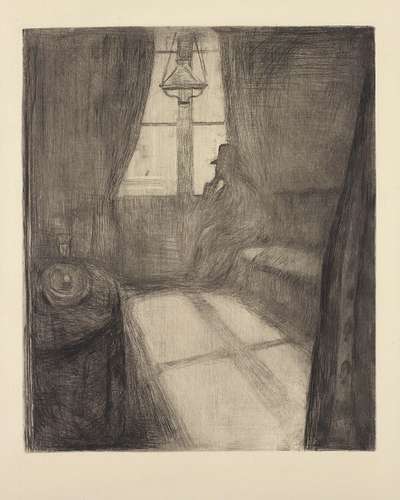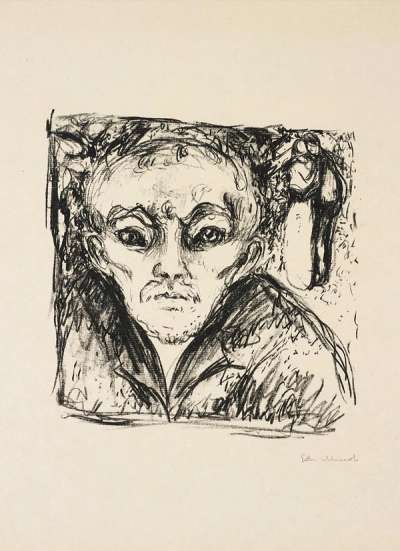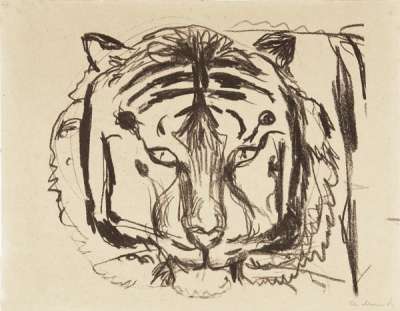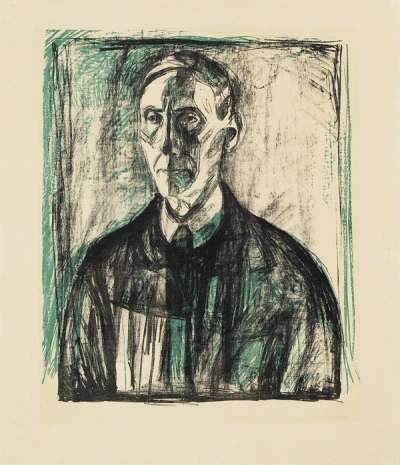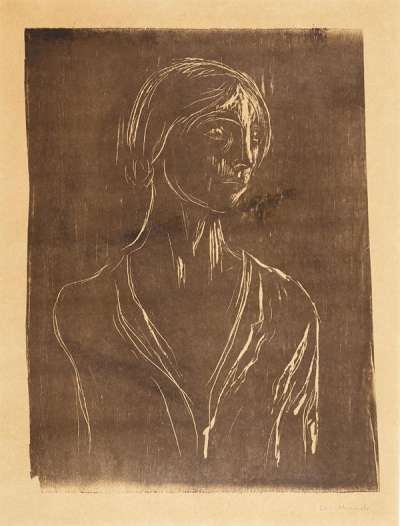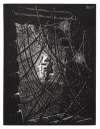Edvard
Munch
Edvard Munch, a pioneer of Expressionism, captivated the art world with his evocative exploration of psychological themes and bold, emotive use of colour. If you’re looking for original Edvard Munch prints and editions for sale or would like to sell, request a complimentary valuation and browse our network’s most in-demand works.
Edvard Munch art for sale
Discover Edvard Munch prints for sale, exclusively available through our private network of collectors. Explore signed and unsigned screenprints, lithographs, digital prints, and rare editioned proof prints by era-defining blue chip artists.
Sell Your Art
with Us
with Us
Join Our Network of Collectors. Buy, Sell and Track Demand
Biography
Edvard Munch, born in 1863 in Loten, Norway, was a seminal figure in the evolution of modern art, particularly known for his role in the Expressionist movement. His childhood wasn’t without tragedy, with the loss of his mother and sister to tuberculosis, affecting his psyche and subsequently influencing his later works. Munch's early experiences with death, illness, and melancholy became recurring themes in his art, giving it a deeply personal and emotional dimension. He studied at the Royal School of Art and Design in Kristiania (now Oslo), where he began to develop his style as an artist.
His early works, though initially influenced by Impressionism, gradually veered towards a more symbolic and expressive style. This shift marked the beginning of his journey into exploring psychological depth through his art, a journey that would eventually redefine the boundaries of artistic expression.
In his professional career, Munch's work gained significant attention and often sparked controversy. His participation in the 1892 Berlin Secession was a turning point, bringing his art into the international spotlight but also provoking public debate due to its unconventional and emotionally charged nature. Munch's art was characterised by its exploration of the human experience, existential dread, and the complexities of the human psyche. Works like The Scream epitomised this approach, capturing universal feelings of angst and despair. His art practice also included graphic work, exploring lithography and woodcuts. Despite facing his own personal struggles with mental health, Munch continued to produce art that resonated with authenticity and emotional intensity. At the time of his death in 1944, he left a profound legacy, his body of work influencing generations of artists and establishing him as a pivotal figure in the narrative of modern art.
In 1902, Munch's personal exhibition in Berlin solidified his status as a leader in the expressionist movement. The Berlin show, attracting influential critics and artists, marked a crucial turning point, bringing his thematic exploration of existentialism to the forefront.
Munch's influence was further cemented through his professorship at the Royal School of Art and Design in Kristiania (now Oslo) starting in 1916, where he nurtured a new generation of artists. His innovative spirit and exploration of psychological themes left a profound impact on the German Expressionist movement and the narrative of modern art, positioning Munch as a seminal figure whose work continues to resonate in contemporary artistic discourse.


